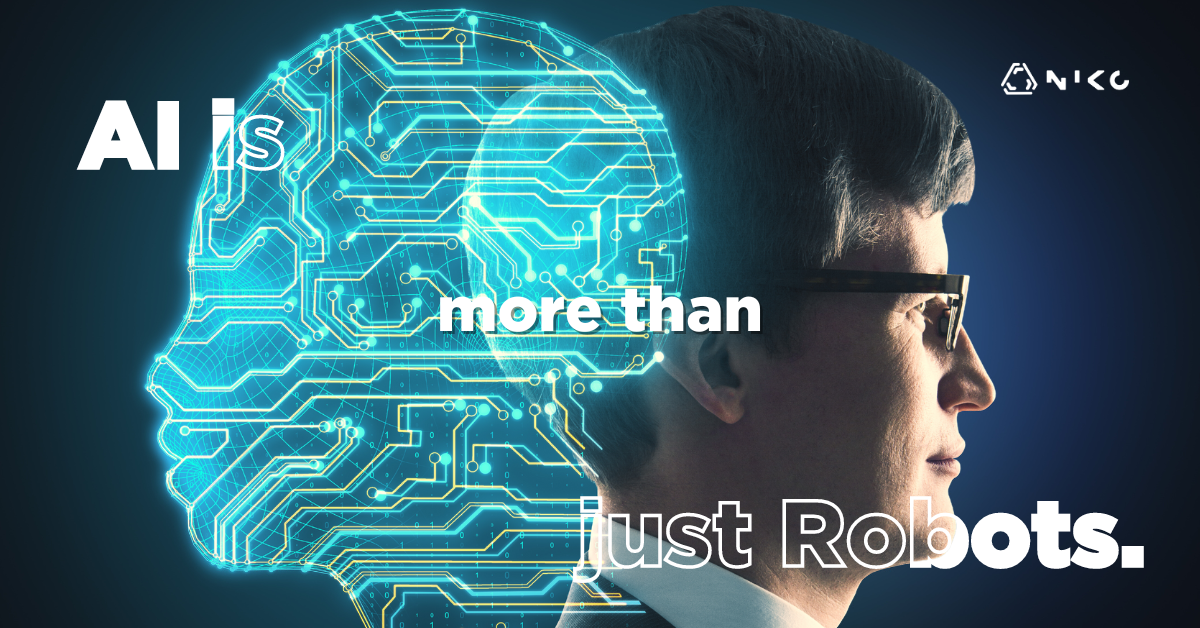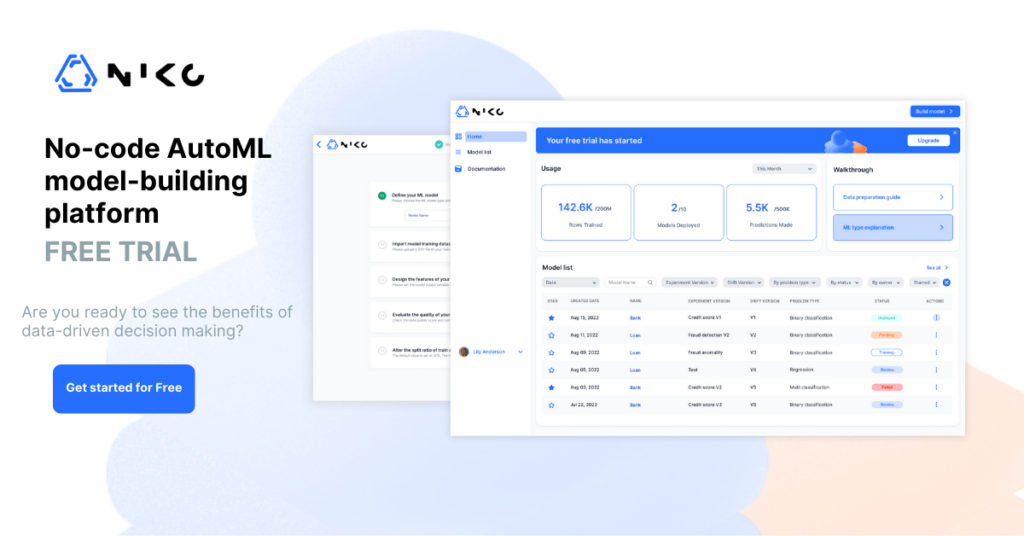When we talk about Artificial Intelligence, we used to think about robots like Will Smith’s I, Robot or super intelligent computers that pose an imminent threat to humanity after spending a short period of time in the world (apparently, humankind is that unbearable).
However, we haven’t even realized that AI has already made its way into our daily lives since a long time ago. Siri, Alexa, Google Maps, Spotify, even your favorite social media app use a form of AI called Machine Learning (ML). Have you ever noticed that your one-time search about buying a used furniture or traveling to Italy or somewhere becomes your whole Facebook news feed? That’s ML. It learns what to do and which to suggest by itself, without any human intervention. Just give it some data over time, and it will learn to give you the best options. For example, the more I talk to Siri or the more I search for my favorite music on Spotify, the more tailor-made playlists or answers they suggest. Keep in mind that ML is just one of many forms of AI. There are many types of AI, such as Unsupervised Learning, Natural Language Processing, Robots (the actual robots), and Auto Machine Learning (AutoML) etc. All these forms can do different things and are applicable for different occasions. In this blog post, we will concentrate more on AutoML, a subset of ML, and how you can apply it to your business.
What is AutoML?
AutoML focuses on automating the machine learning pipeline, while ML encompasses the broader field of developing and implementing machine learning algorithms and models. AutoML aims to make machine learning more accessible and efficient by automating repetitive tasks, while ML requires more manual intervention and expertise. Common uses of AutoML are predictive analysis, fraud detection, and customer segmentation. Think of AutoML as a personal assistant for data analysis. Just like a personal assistant helps you with tasks, AutoML assists you in handling data analysis tasks. It’s like having a knowledgeable companion who takes care of the technical aspects for you. You provide the data, and AutoML automatically explores different ways to analyze it, selects the best methods, and fine-tunes the process to provide you with valuable insights. It’s like having a helpful sidekick that empowers you to make informed decisions based on data without needing to be an expert in data analysis techniques. On the other hand, ML is your smart friend who learns from experience. When you introduce your friend to a new situation, they observe, analyze, and remember patterns to make predictions or decisions in the future. For example, if you show your friend pictures of cats and dogs and tell them which is which, they will start recognizing cats and dogs by themselves. Machine learning works in a similar way. You provide a computer with lots of data and examples, and it learns from that data to make predictions or decisions on its own. It’s like having an intelligent companion who becomes more knowledgeable and accurate over time by learning from past experiences. So what makes AutoML, one of the most widely adopted forms of AI? Why Entire industries, huge conglomerates, and large corporations are shifting their traditional human-centric operational structures to more AutoML based ones? Let’s look at the most obvious facts:
It is fast.
When it comes to speed, AI is unmatched. It can parallel process vast amounts of information while generating predictive analysis or building a complex economic model simultaneously. It can round up hundreds of man-hours into a few seconds, making the operational process ten times more efficient. In fact, apparently, efficiency is one of the most important factors in adopting AI among business leaders.
It is accurate.
When we say AutoML is accurate, there’s a common misconception that AutoML itself produces accurate results. If your data is accurate and structured correctly to give you what you want, then the AutoML predictions will be that much more accurate. After all, it is just a machine that learns what you give it. If you give it the wrong information, you will get the wrong results. However, if you give it the correct data, it gives you more accurate results than if the data was handled by humans because it eliminates human-made risks and biases. 72% of the business leaders that adopted AI or are planning to adopt it praised the accuracy of AI, saying it is one of the top benefits of using it.
It unleashes the potential in your data.
Aside from speed and accuracy, there is one major advantage to using AI. It taps into the deep waters and brings out the most exotic fishes that you didn’t know existed. Of course, the deep water is your data, and the exotic fishes are the hidden potentials inside your data. When we, as humans, analyze a vast amount of data, we are often inclined to generate pre-given results. Let’s say that you wanted to generate predictive analysis of your customers’ credit scoring. You would probably spend a lot of time analyzing if a particular customer is going to default or not. Then, the effort will be shifted into building a credit scoring model or system, which requires not only data scientists but also extensive knowledge in coding. On the other hand, AI can identify trends, patterns, and correlations that were previously hidden or unknown on top of building the model, generating the predictive analysis, without squeezing your brain too much on coding or data engineering. You can utilize these new insights to find out the fundamental aspects of your business’s problems or the pathway to soaring success.
These are the main benefits that businesses at a large scale are adopting AI into their operations. Now, you may notice that ease of use is not mentioned in this blog post. That is because not all forms of AI are easy to use. There are some generative AIs like ChatGPT, Microsoft Designer, etc. However, these are Natural Language Processing AIs (NLP) that are specifically designed to make your writing or designing processes easier. If you are looking for something more complex like credit score model building or generating predictive analysis on your customer churns, on which AutoML is most commonly applied, then the use of AI is a little more complicated. Ultimately, you have to train the AutoML. To train it, you need some exposure to data engineering or data science. Otherwise, you will just be lost, and the whole process of training your AI will be overwhelming. That does not mean you need to have a master’s degree in coding or look like Elon Musk. Just have the mindset of a trainer. If you don’t provide the right exercises, your disciple will be that much weaker.
Now, we have talked about the obvious benefits of adopting AutoML. In our next blog post, we’ll move on to specific use cases such as using AutoML to detect insurance fraud and enhance the marketing activities. If you want to read about applying AutoML on credit scoring, read more here.




